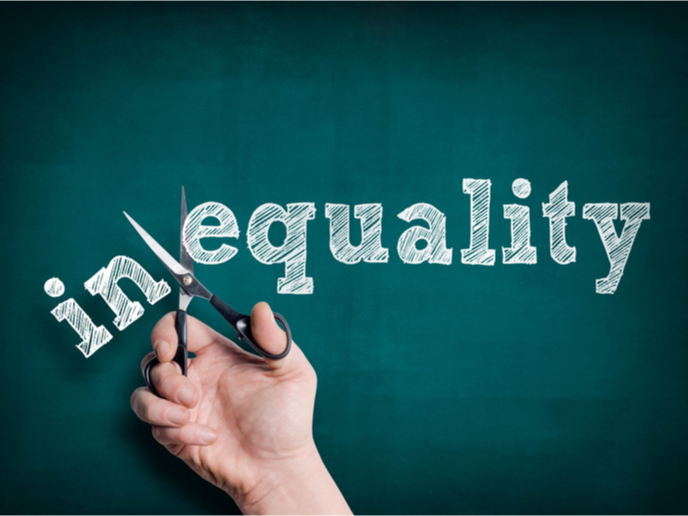Introducing IMAJINE, an ambitious project that aims to address territorial inequalities in Europe
Begun in January 2018 and due to end in December 2021, comprising 16 participants from 13 countries and coordinated by the United Kingdom’s University of Aberystwyth, IMAJINE (Integrative Mechanisms for Addressing Spatial Justice and Territorial Inequalities in Europe) has been working hard to develop integrative policy mechanisms for tackling territorial inequalities in Europe. Now entering its final year, the project has already notched up some important findings with regards to rural areas. Specifically, they’ve found that rural-urban income inequality overall has decreased across Europe but less so for the poorest rural households and that there are many rural-urban disparities within regions that are often disguised by official statistical methods.
The importance of migration in territorial inequalities
On top of these insights, they’ve discovered that migration functions as an informal mechanism by which individuals negotiate and alleviate rural-urban inequalities, including through exploiting differential property costs for social mobility, remittance and expertise flows and finally, ‘crisis counterurbanisation’, where during times of hardship, urban dwellers return to their roots (or move for the first time) in rural areas. These findings are the result of detailed studies on the relationship between migration and inequality, featuring residents and immigrants based in Greece, Ireland, the Netherlands, Poland, Romania and Wales. The IMAJINE team also pointed out that tensions among rural communities can emerge due to in-migration flows from urban areas, a phenomenon anecdotally reported many times throughout the pandemic as rural inhabitants worry about infections rising in their region due to an influx of urban dwellers hoping to improve their lockdown experiences.
A new focus on COVID-19
With regards to the pandemic, IMAJINE shifted its focus to better understand how COVID-19 would impact territorial inequalities within Europe. The team found that the economic and social effects of the pandemic have hit the poorest people and most economically deprived regions the hardest in the countries that have had the highest incidences of cases. They found that in countries with relatively low incidences of COVID-19 overall, cases tend to be concentrated in one or two cities or regions, such as in Finland where the majority of cases have been confined to the Helsinki region. But the results of IMAJINE’s research show that even though clusters tend to begin and grow in wealthy urban regions, when the virus does reach less affluent (and often rural) regions, they are more severely hit, indicating that early action to contain COVID-19 geographically is important in limiting the severity of an outbreak. Alongside the consolidation of all of their other results, the IMAJINE team has continued throughout 2020 to further analyse the geographical spread of the coronavirus, looking specifically at the impact of prosperity and rurality on the severity of the outbreak.



